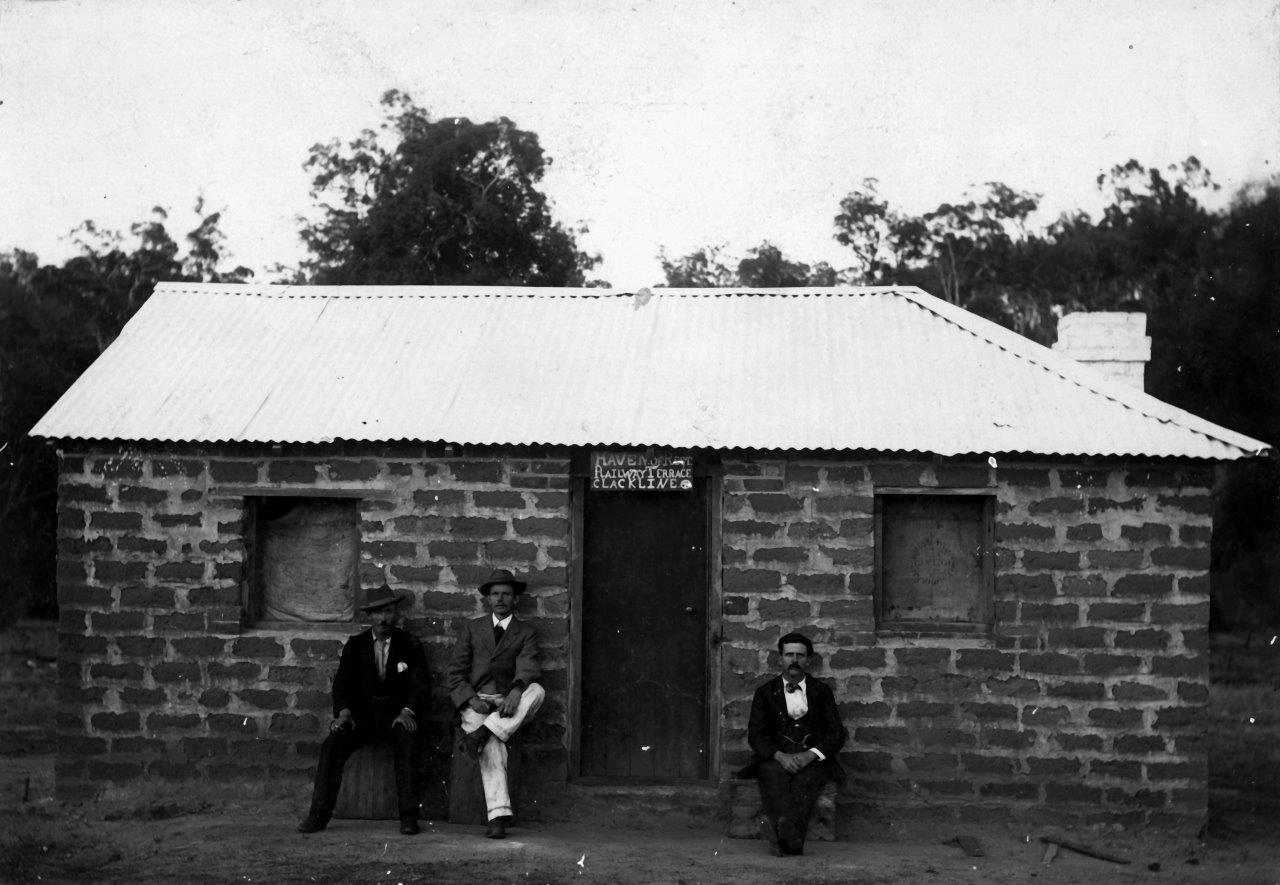Golden Pipeline


A time capsule of water,
gold & Western Australia
A project from the National Trust of WA

A self-guided drive trail between the Perth Hills and Western Australia’s Eastern Goldfields. Go with the Flow. Follow the water to discover more about the audacious goldfields water supply scheme and Engineer CY O’Connor.
“Future generations, I am quite certain will think of us and bless us for our far seeing patriotism, and it will be said of us, as Isaiah said of old, ‘They made a way in the wilderness, and rivers in the desert”
Clackline
Clackline was an important junction of three railway lines – remains of a turntable and platforms are reminders. Bricks from Clackline Refractory, now closed, were used in the factory that produced pipes for the water supply scheme and in the boiler room at No 1 Pump Station.
A small village sprung up at Clackline during the late 1880s at the terminus of the road to Newcastle (now Toodyay) and railway. A hotel was established in about 1890 and a school and Methodist Church in 1897. Clackline Brook was dammed to provide water for the railways.
The discovery of fine quality clay for fire bricks in 1898 consolidated Clackline’s existence and a short-lived company was established to manufacture them. It was restarted in 1901 and continued operation until the 1950s. Bricks made from Clackline clay used to insulate the economizer remain in situ in No 1 Pump Station today.

Look out for Refractory Road and the smokestack of the kiln used to fire the bricks on your left as you approach Clackline. Mephan Ferguson, manufacturer of the locking-bar pipes used in the goldfields water supply scheme is quoted as recommending Clackline bricks:
I have been using your Clackline Fire bricks for some time and have exposed them to a most severe test in furnaces…For welding the joint rings they are particularly useful…
Mephan Ferguson 26 July 1901
Explore
Click on any map section or place below to discover The Golden Pipeline.
Northam to Cunderdin
Explore section two


